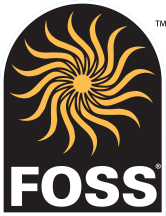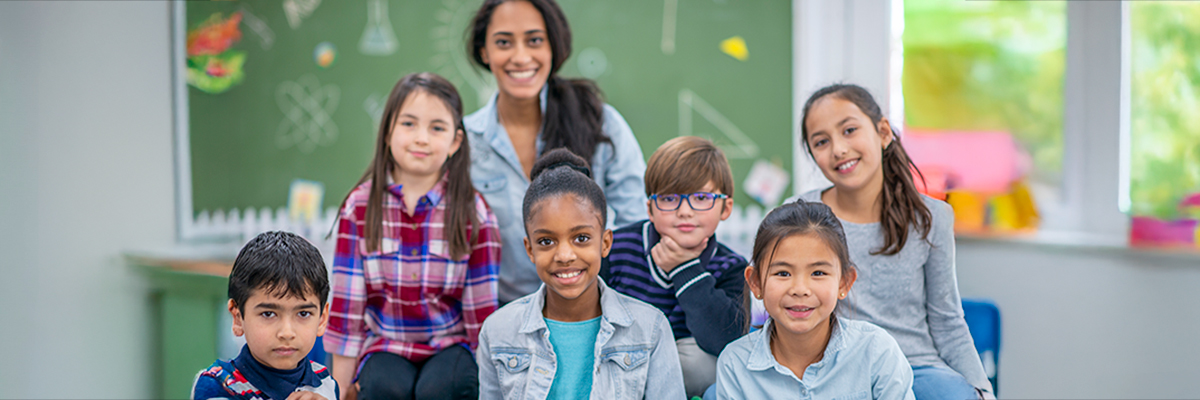In today’s diverse classrooms, ensuring access in science instruction is essential for fostering scientific literacy and success among all students. As educators, it’s our responsibility to recognize and address the unique challenges faced by students from various backgrounds and abilities. Thoughtful and inclusive strategies will support and assist every student in the classroom, not just the specific group of learners needing modifications. Here we hope to highlight key strategies to enhance science education. For a deeper dive into how our FOSS program can help you achieve this access for all students, download our comprehensive guide at the end of this article.
Access for All in Science Instruction
Achieving access for all in science education means providing all students with the tools and opportunities needed to thrive. This includes promoting student engagement, using classroom support strategies, involving school support systems, and fostering connections with families and communities. Implementing Universal Design for Learning (UDL) and integrating culturally responsive pedagogy can significantly improve students’ access to scientific concepts and skills.

Planning for Instruction
Effective planning is a necessity for science instruction. Start by understanding both the curriculum and your students’ diverse needs. Reflect on previous lessons to identify what worked and where improvements are needed. Incorporate scaffolding and differentiated strategies to ensure that all students, regardless of their background or ability, can engage meaningfully with the content.
Effective Strategies for Diverse Learners
Inclusive classrooms require adaptable teaching practices that support all students. Some strategies include promoting active investigation, encouraging collaborative discussions, and integrating literacy support within science instruction. Using visuals, graphic organizers, and hands-on activities can also enhance comprehension and engagement.

Culturally and Linguistically Diverse Learners
Recognizing and valuing students’ cultural backgrounds enriches the learning environment. Culturally responsive teaching includes acknowledging students’ native languages and cultural assets while integrating them into the science curriculum. Building rapport and maintaining high expectations for all students is fundamental to fostering a growth mindset.
Multilingual Learners
Science instruction for multilingual learners should emphasize comprehensible input, oral discourse practice, and academic language development. Integrating science with language instruction allows students to strengthen both skills simultaneously, building confidence and competence. Strategic use of visual aids can provide strong support.

Students Living in Poverty
Students from low-income backgrounds may face challenges that impact learning. Establishing rapport, promoting a growth mindset, and fostering cognitive processing skills are essential. Connecting science content to real-world applications can make learning more relevant and motivating.
Foster Youth
Stability and positive relationships are key to supporting foster youth. Creating predictable routines and providing consistent support helps build resilience and engagement. Offering one-on-one attention and building a strong sense of community can make a significant difference.
Girls and Young Women
To close the gender gap in science, it’s crucial to provide relevant and meaningful experiences from an early age. Encouraging girls to take risks, engage in hands-on learning, and develop a strong science identity can help build confidence and participation. Creating a gender-neutral learning environment can help overcome previous stereotypes students may have absorbed.

Highly Capable Learners
Challenge and engage highly capable students by offering advanced investigations, open-ended questions, and opportunities for independent exploration. Strategic grouping and allowing self-directed learning can keep these learners motivated and engaged. Utilizing home and community resources can help to expand learning opportunities.
Students with Disabilities
Universal Design for Learning (UDL) ensures that students with disabilities have multiple ways to access content and demonstrate their understanding. Providing multisensory experiences, hands-on activities, and flexible assessment methods supports diverse learning needs. Multi-tiered support offers opportunities to check in on students to ensure their needs are being met.
Students Who Have Difficulties with Literacy
Integrating literacy support within science instruction helps bridge gaps for students who struggle with reading and writing. Using science notebooks, visual aids, and structured discussions can enhance their comprehension and engagement. Providing information processing support and meaningful interactions ensures students remain engaged despite any challenges that may present.
Take the Next Step
Empower all learners to reach their full potential. For more detailed strategies and resources from the FOSS program, download our comprehensive Access for All chapter. Let’s work together to create a science education that’s truly engaging for every student.
Want to learn more? Click on the image below and download our Pathways PreK-5 FOSS for All Students chapter!

Learn more about this topic by checking out the It’s Time for Science podcast!

